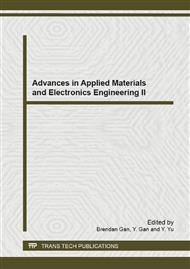p.222
p.226
p.230
p.234
p.238
p.242
p.246
p.253
p.261
A Critical Evaluation of Nuclear Power Plant Project in China
Abstract:
The nuclear power is the clear energy and the nuclear power plant is the good power plant project, but someone disagree the project for the environment impact from the nuclear radioactivity. This paper compares the different opinions about the nuclear power project and analyzes the existing problems. The advantages of the nuclear power plant are the abundant raw material uranium, the light environment pollution, the low operation cost and the environment radioactivity risk. The disadvantages of the project are the public fear from the nuclear risk, the difficult to dispose the nuclear waste, and the difficult to dismantle the nuclear power plant. My opinion is to develop the nuclear power plant in places with poor energy resource, and develop the hydroelectric power plant in places with rich water resource, and develop the wind power plant in places with rich wind resource, and develop the heat power plant in places with rich coal, oil, natural gas or other fossil fuel resources.
Info:
Periodical:
Pages:
238-241
Citation:
Online since:
April 2013
Authors:
Keywords:
Price:
Сopyright:
© 2013 Trans Tech Publications Ltd. All Rights Reserved
Share:
Citation:


